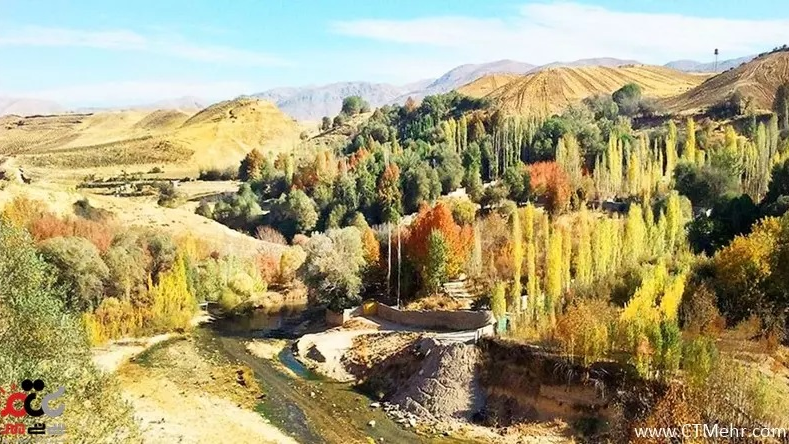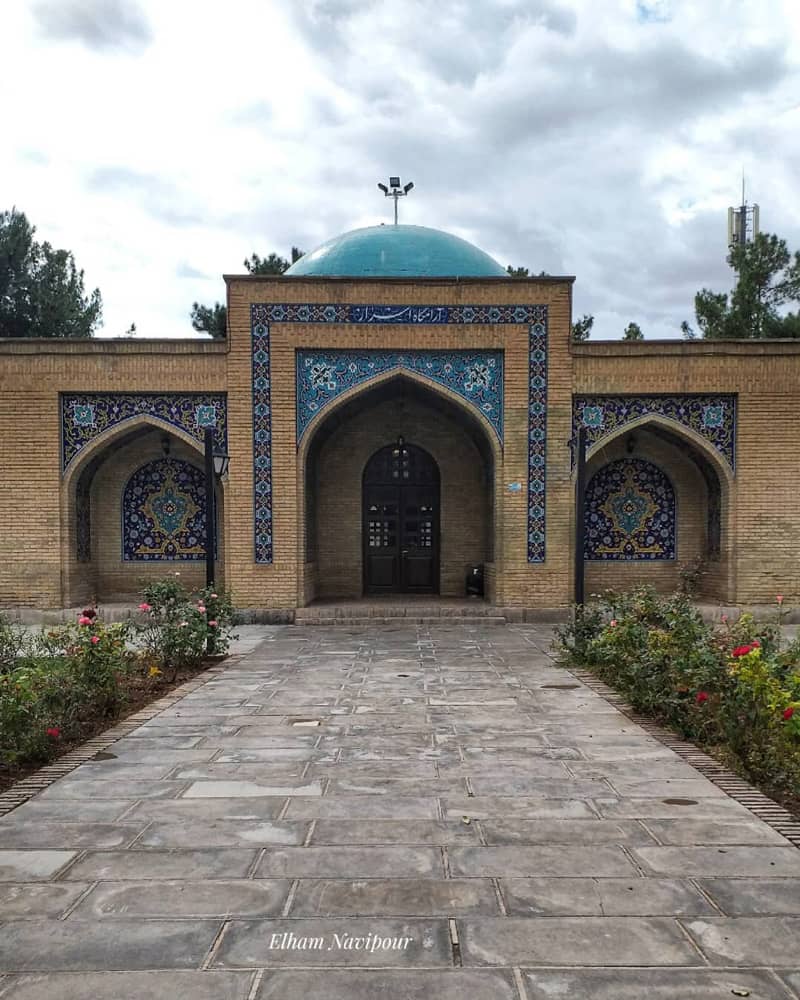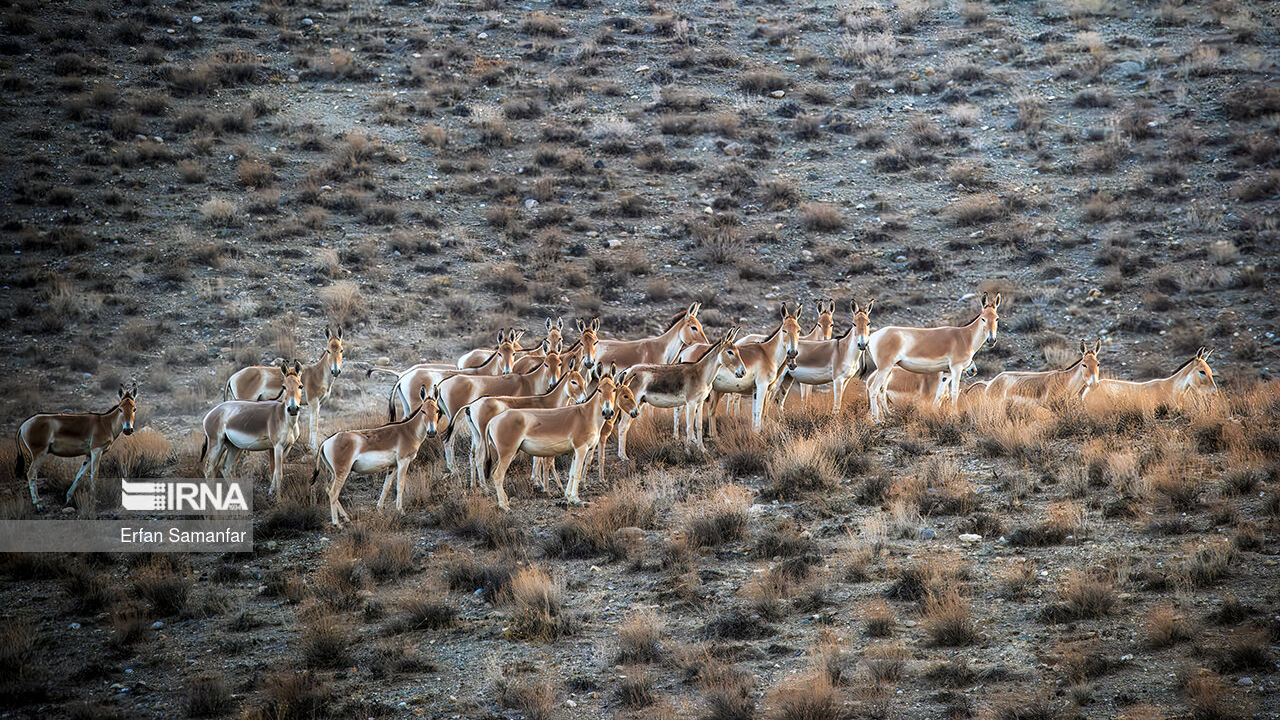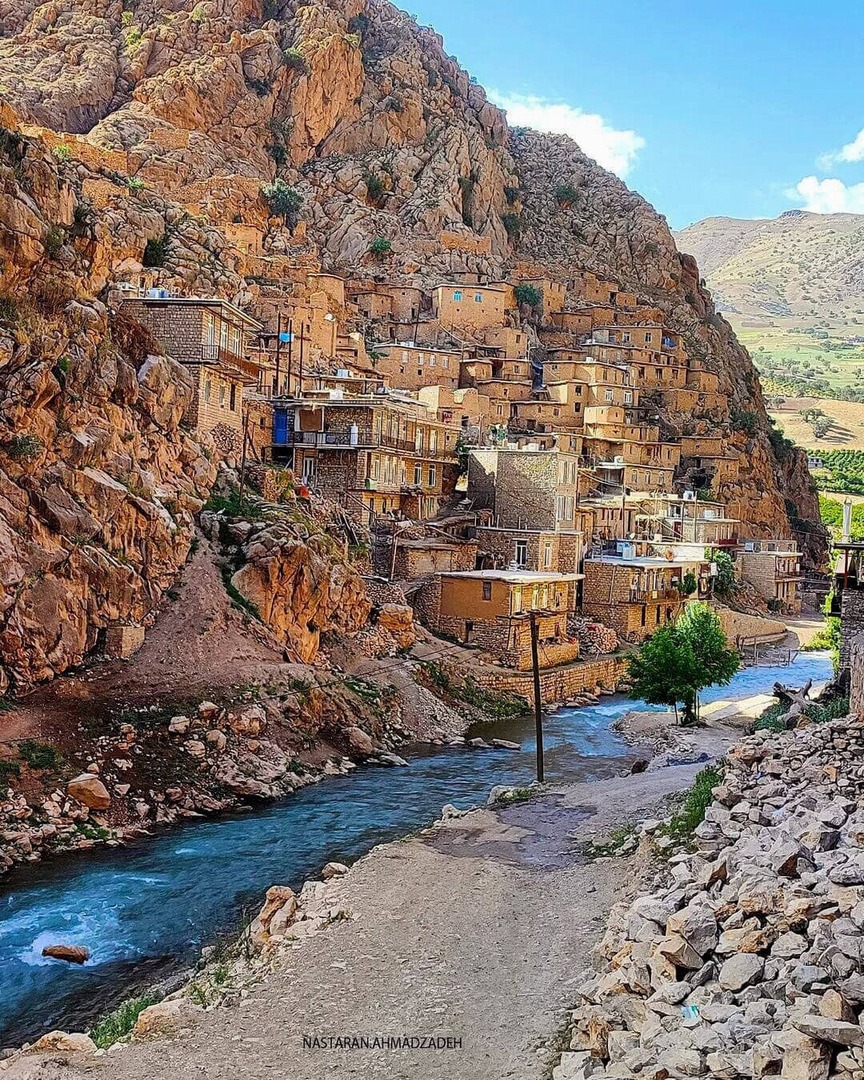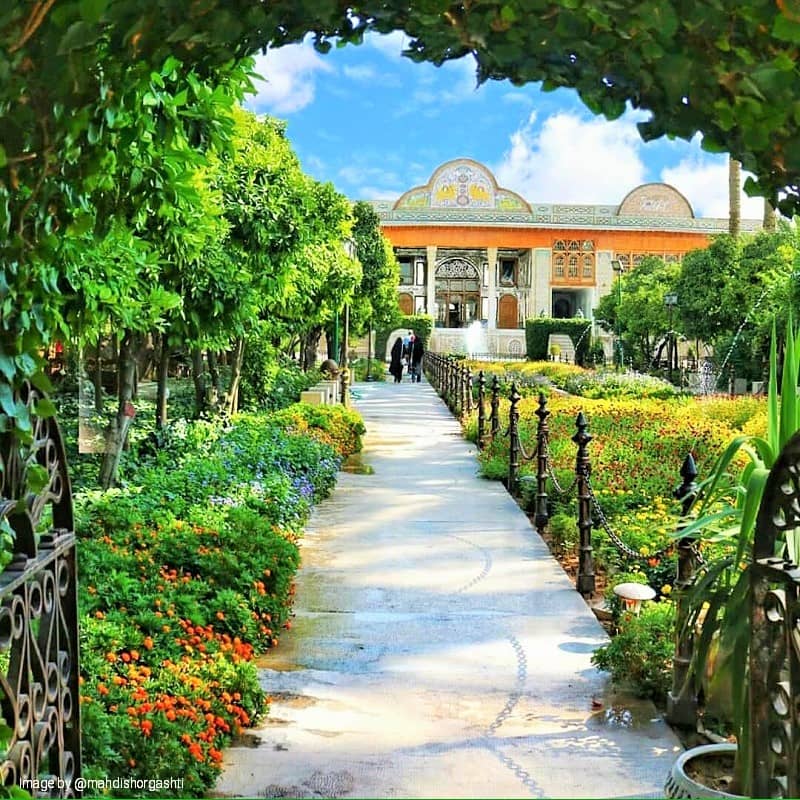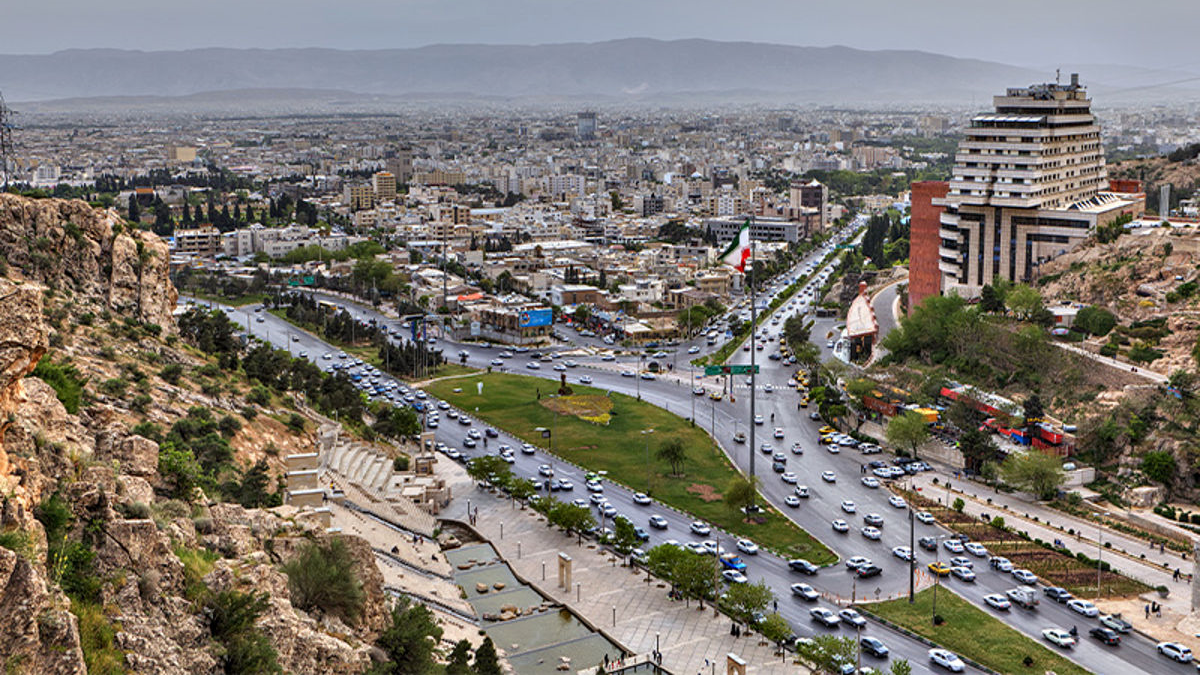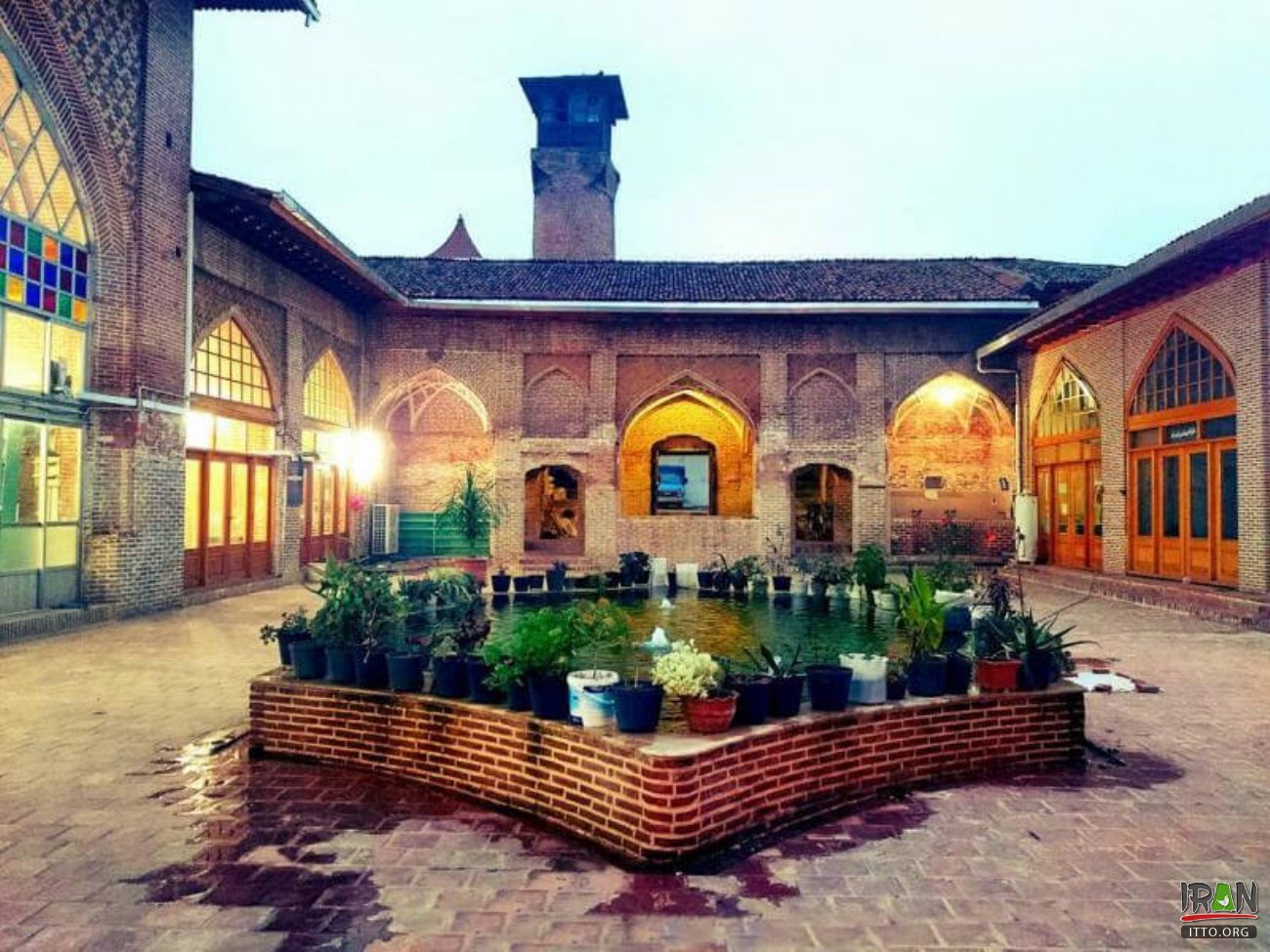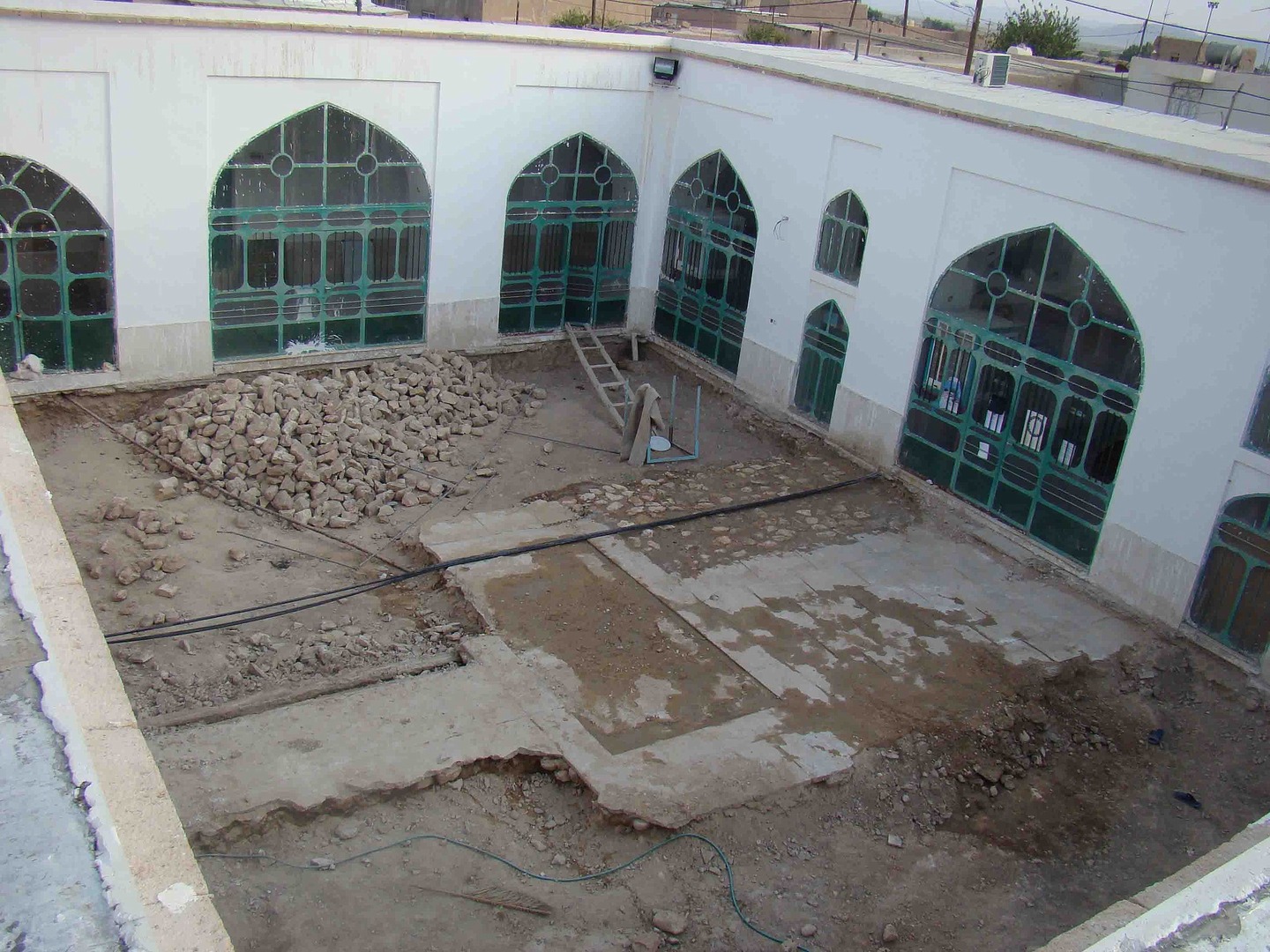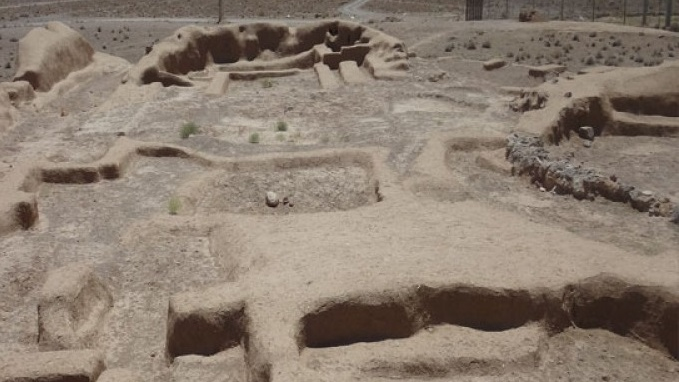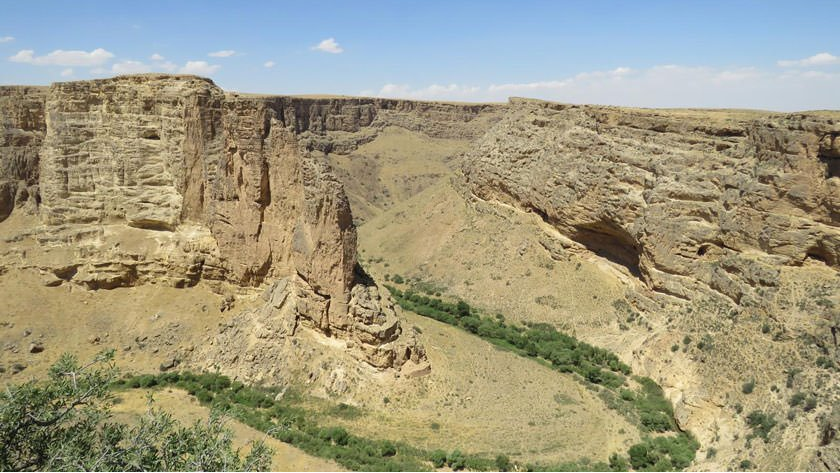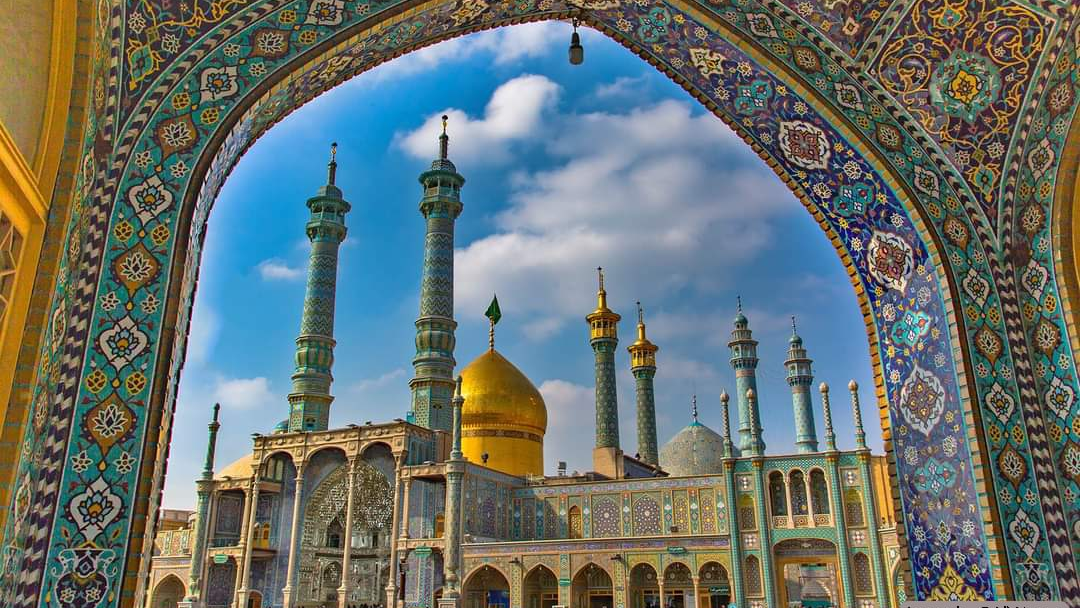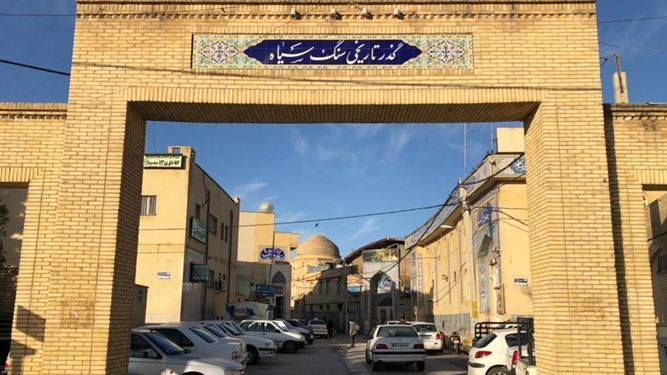The Choghamish Hills — a Remnant of Seven Thousand Years of Human Life in Southern Iran
One of the world’s earliest human civilizations emerged in Mesopotamia and soon expanded to the surrounding regions. The Khuzestan Plain, situated in southern Iran, was one of the regions where these ancient cultures established themselves and thrived. The presence of several archaeological mounds across this plain bears witness to the deep antiquity of human settlement in this part of Iran. Among them, the Choghamish Mound stands out as a significant archaeological site where artifacts from various historical periods have been unearthed. These discoveries reveal that human civilization in this region remained dynamic and vibrant for thousands of years. Today, Choghamish lies in the southeastern part of Dezful, along the road leading to Shushtar, with the village of Dowlati being the nearest settlement to the site.
History and Background of Choghamish
The Choghamish region consists of several archaeological mounds of varying heights, spread across a wide plain. The main mound is the largest and tallest, surrounded by smaller ones that form part of the same ancient settlement complex. Choghamish is located between the Dez and Karun Rivers, a position that highlights the wisdom of its earliest settlers — people who chose this land for its fertile soil, abundant water, and ideal conditions for agriculture and life. This strategic location between two great rivers made Choghamish a natural cradle of early civilization, where humanity first learned to live in harmony with the rhythm of the earth and water.
Archaeological Findings and Ancient Civilization of Choghamish
Research indicates that since the late 6th millennium BCE, a succession of distinct cultures flourished in the Choghamish region. Archaeologists have identified 15 cultural layers within the mounds, revealing evidence of human habitation dating back to around 7,000 BCE. The inhabitants of this area were not only skilled in agriculture but also possessed advanced knowledge of animal husbandry. This combination of farming and herding turned Choghamish into one of the major economic centers of the 6th millennium BCE, reflecting a thriving and organized society in prehistoric southwestern Iran.
Archaeological Findings and Ancient Civilization of Choghamish
Research indicates that since the late 6th millennium BCE, a succession of distinct cultures flourished in the Choghamish region. Archaeologists have identified 15 cultural layers within the mounds, revealing evidence of human habitation dating back to around 7,000 BCE. The inhabitants of this area were not only skilled in agriculture but also possessed advanced knowledge of animal husbandry. This combination of farming and herding turned Choghamish into one of the major economic centers of the 6th millennium BCE, reflecting a thriving and organized society in prehistoric southwestern Iran.
The Most Remarkable Discoveries of Choghamish
Although numerous valuable artifacts have been unearthed from the Choghamish Mounds, a few stand out for their extraordinary significance. Among them is the famous “Tablet of the Musicians”, a clay artifact depicting several performers and considered one of the earliest known representations of musical performance in human history. On this tablet, a group of musicians is shown performing under the guidance of a leader—an image that has led scholars to describe it as the world’s first depiction of an opera. Several string, wind, and percussion instruments, including a harp and a drum, can be identified, along with a singer seated with one hand raised to his ear, possibly listening to his own voice. The tablet is estimated to date back 3,400 years, leading some researchers to suggest that the origins of opera may trace back to ancient Iran.
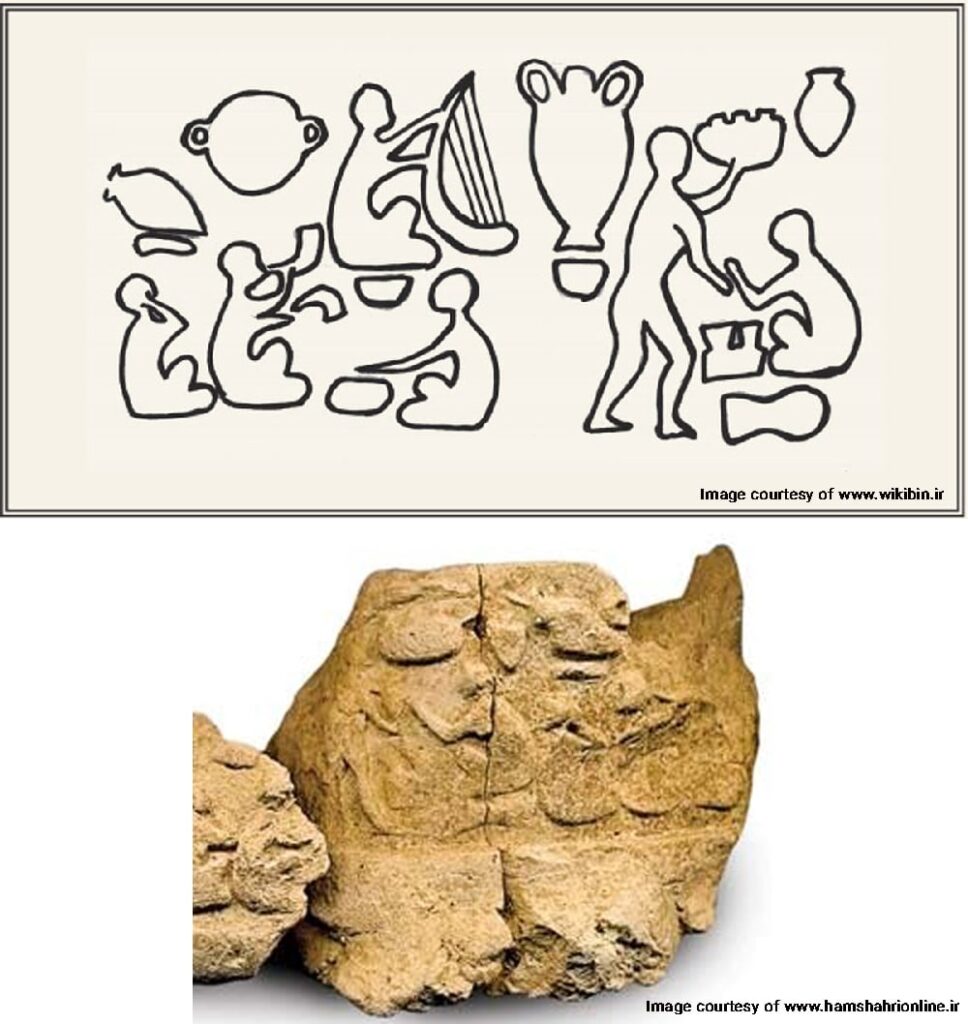
The Musical Tablet — A Masterpiece Unearthed from the Choghamish Mounds
Another remarkable artifact discovered at Choghamish is a clay seal-like tablet depicting an ancient boat with several passengers, dating back to around 6000 BCE. Scholars believe that the scene may represent a king returning from battle, accompanied by his guards, attendants, and war captives. In the image, the king holds a mace-like object in one hand and a rope in the other, by which he restrains the prisoners. A large number of other military-themed tablets have also been unearthed in Choghamish. Among them, the depiction of an archer, shown with his equipment rendered in remarkable detail, stands out as one of the most distinguished examples of ancient artistic skill and storytelling.
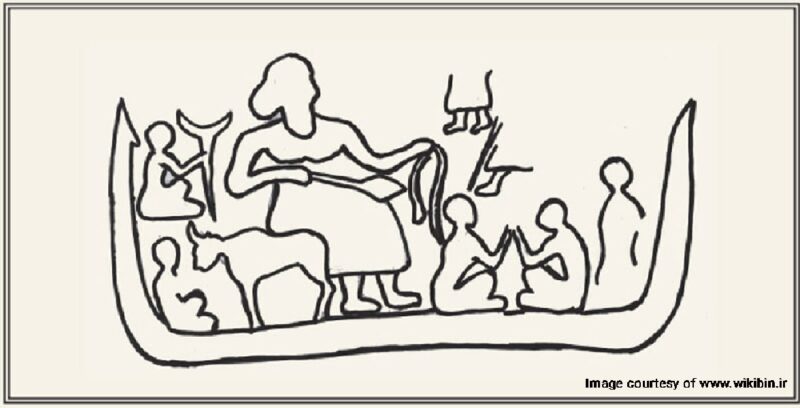
A clay tablet discovered in Choghamish depicting a boat and its passengers.
The Pottery of Choghamish — Echoes of Early Artistry
Among the most significant artifacts unearthed at the Choghamish Mounds are the ancient pottery vessels. One of the most remarkable pieces depicts a fisherman, a fish, and two wild predators, dating back to the 4th millennium BCE, around the beginning of the invention of writing. During this period, a distinct type of pottery known as “Lip-Fused Ware” (Leb-varikhteh) became widespread, many examples of which have been discovered at Choghamish. Some of these vessels bear astonishingly skillful painted motifs, so refined that it is hard to imagine such artistic mastery existing in that early era. In later periods, geometric patterns became more common, forming intricate designs when combined. Altogether, these findings testify to the advanced level of pottery-making and artistic sophistication that once flourished in this part of ancient Iran.
National Registration of the Choghamish Mounds
This ancient site was inscribed on the National Heritage List of Iran in 1965 (1344 SH).

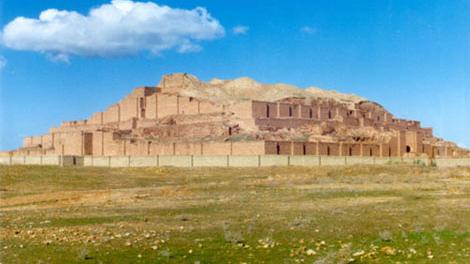
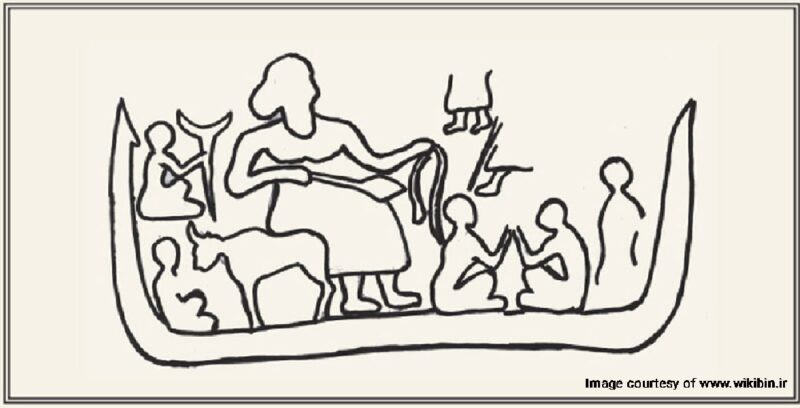
(b)_1.jpg)
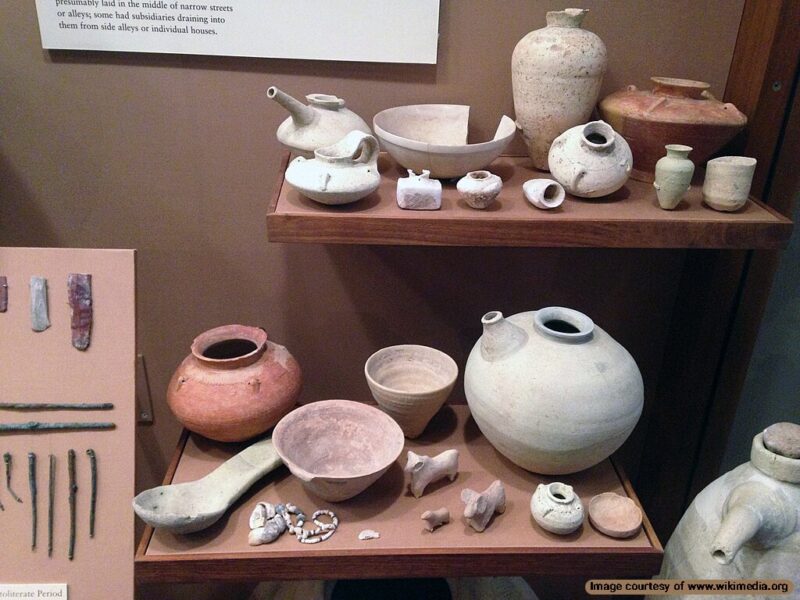
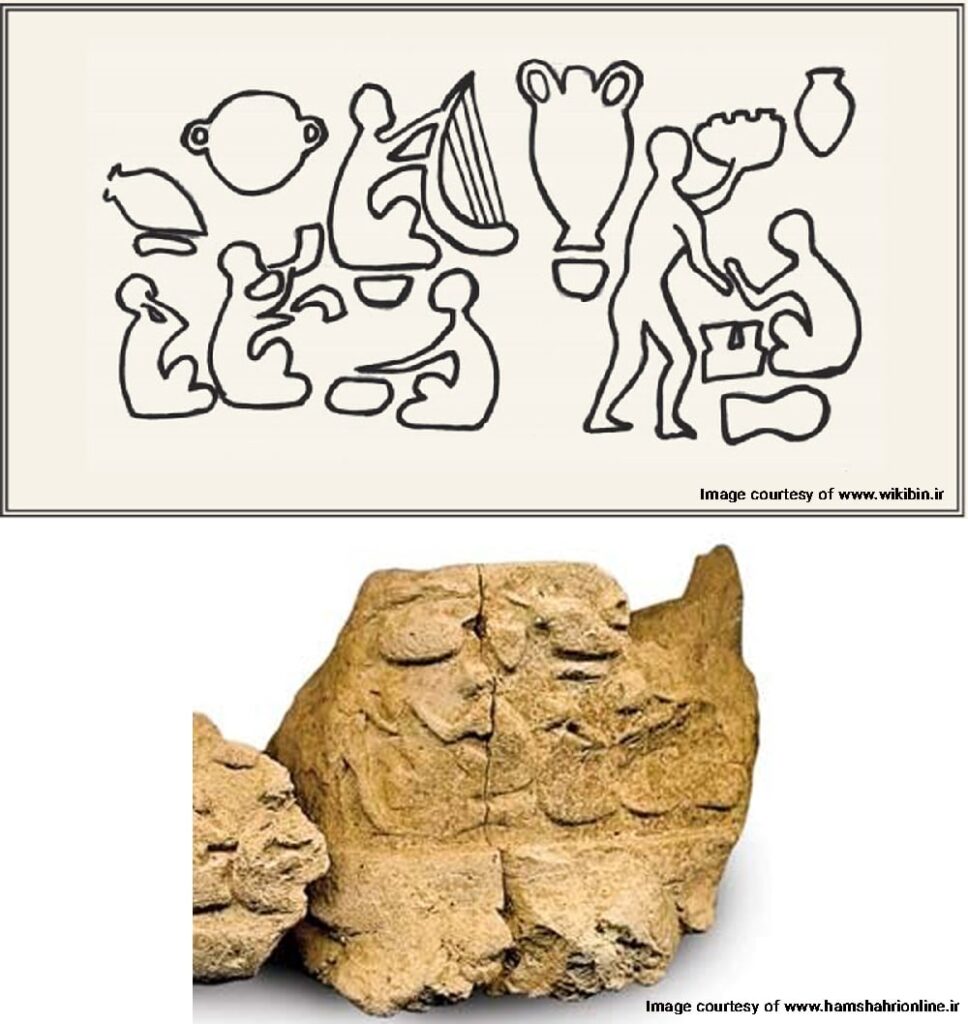


(b)_1.jpg)




